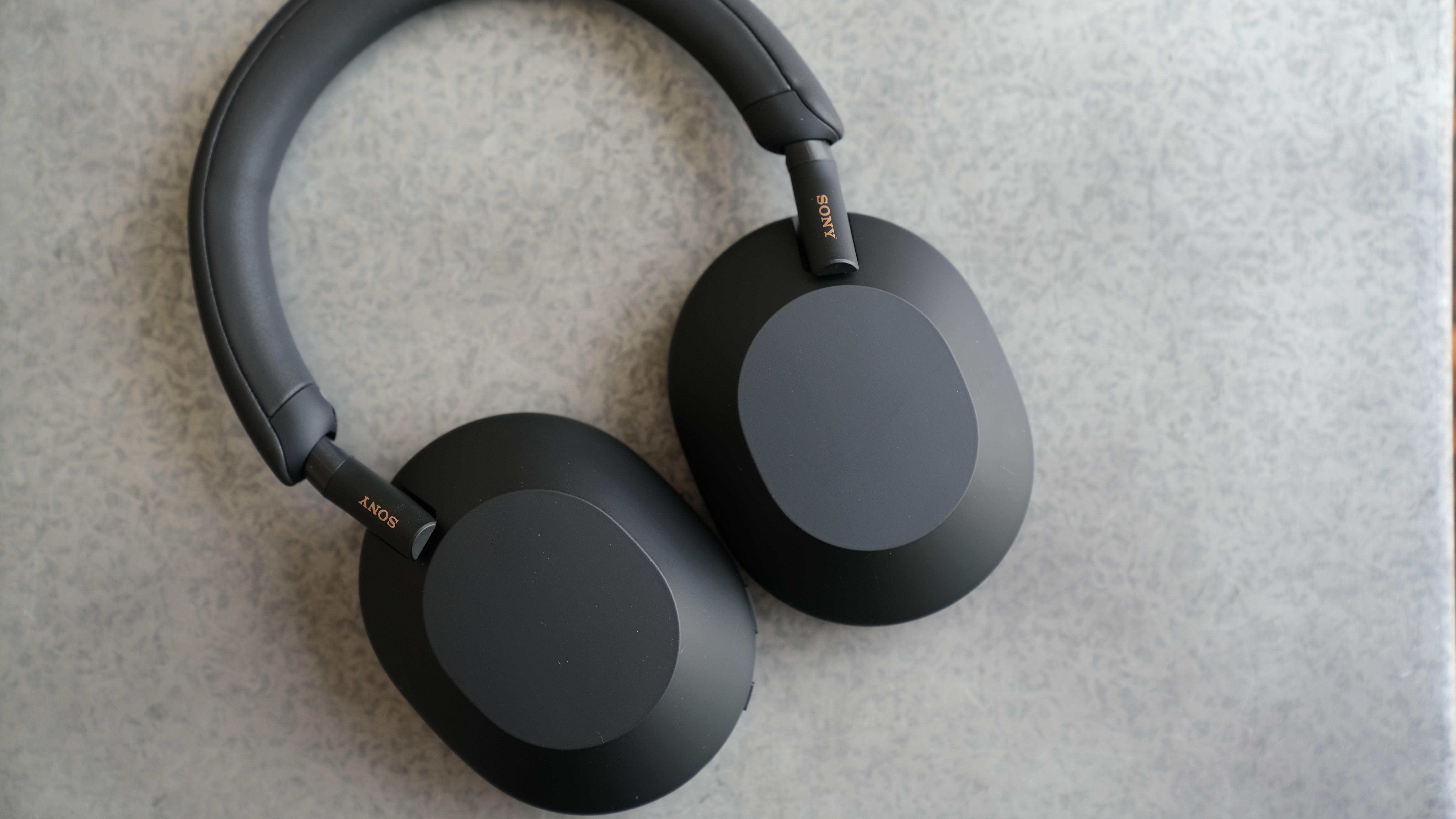Google Pixel 8 vs iPhone 15: Which should you buy
Don't sleep on the Pixel.

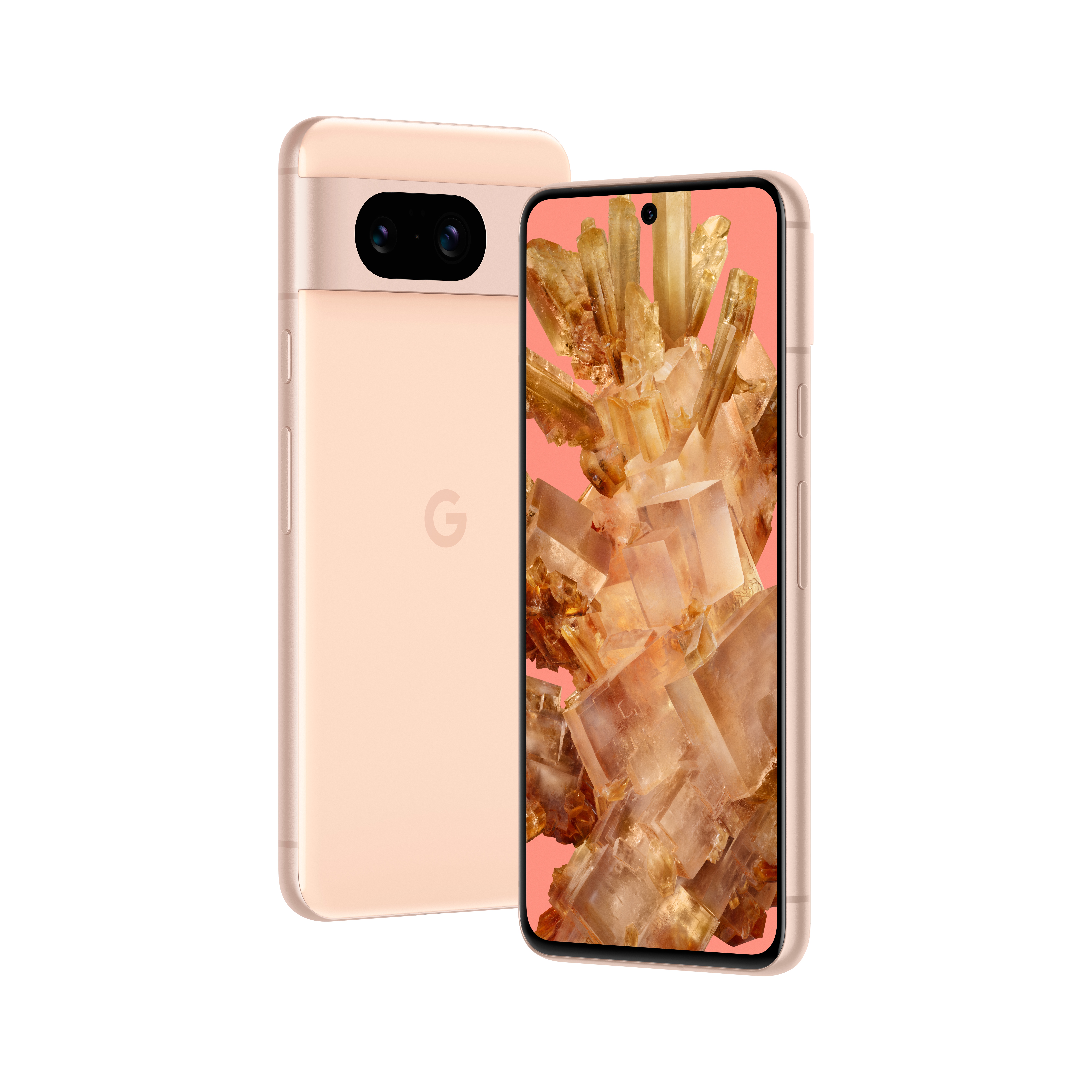
Big upgrades
The Pixel 8 is much more intriguing than its predecessor, and this extends to the competition. It's powered by Google's most powerful chip yet, while also sporting an upgraded display, upgraded cameras, and plenty of software features to make everyone happy. Plus, Google will provide software support for the next seven years, outmatching what Apple has done with the iPhone.
Pros
- More RAM
- Bigger Battery
- Newer processor
- Longer promised software support
- 120Hz refresh rate
Cons
- More expensive than last year’s model
- Falls a bit short in video recording
- Some camera features are limited to the Pixel 8 Pro
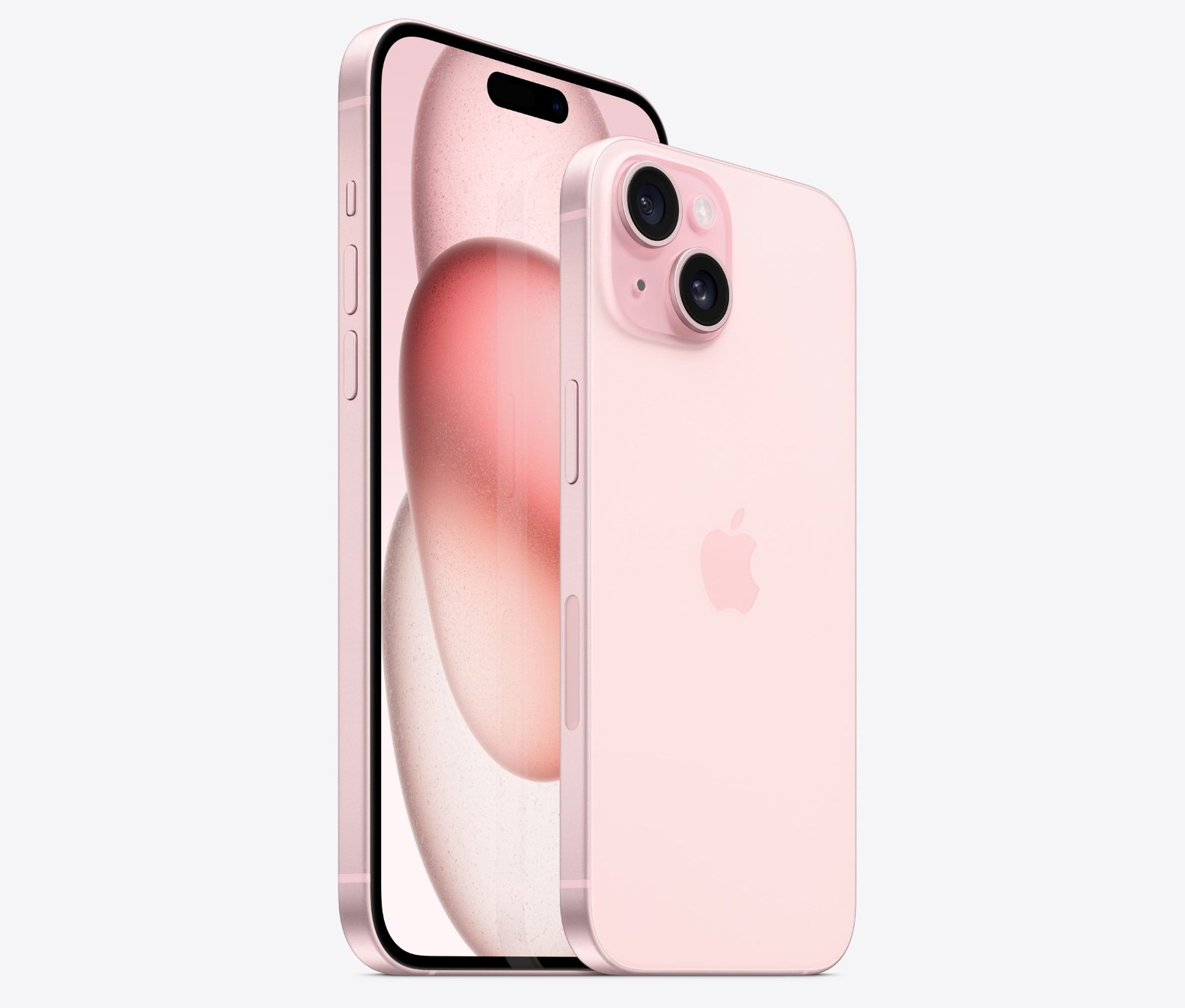
No longer the default choice
On one hand, the iPhone 15 will probably be the more popular option for those looking to upgrade. But when you compare it to the Pixel 8, it falls flat in a lot of different ways. It's more expensive, is using an "old" processor, and is still using a 60Hz refresh rate, which is just crazy to think about.
Pros
- More storage options
- MagSafe
- Better for video recording
- Finally has USB-C
Cons
- More expensive
- Smaller battery
- Display is still limited to 60Hz
Now that the veil has been pulled back on the Pixel 8, we can finally start comparing it to other devices that have either been out for a while or were also recently released. One of the most obvious comparisons to make is trying to help you decide between the Pixel 8 vs. iPhone 15. Regardless of which one you choose, these are both great smartphones, but let’s dive a bit deeper to see which one would be better suited for your needs.
Google Pixel 8 vs iPhone 15: Design and build
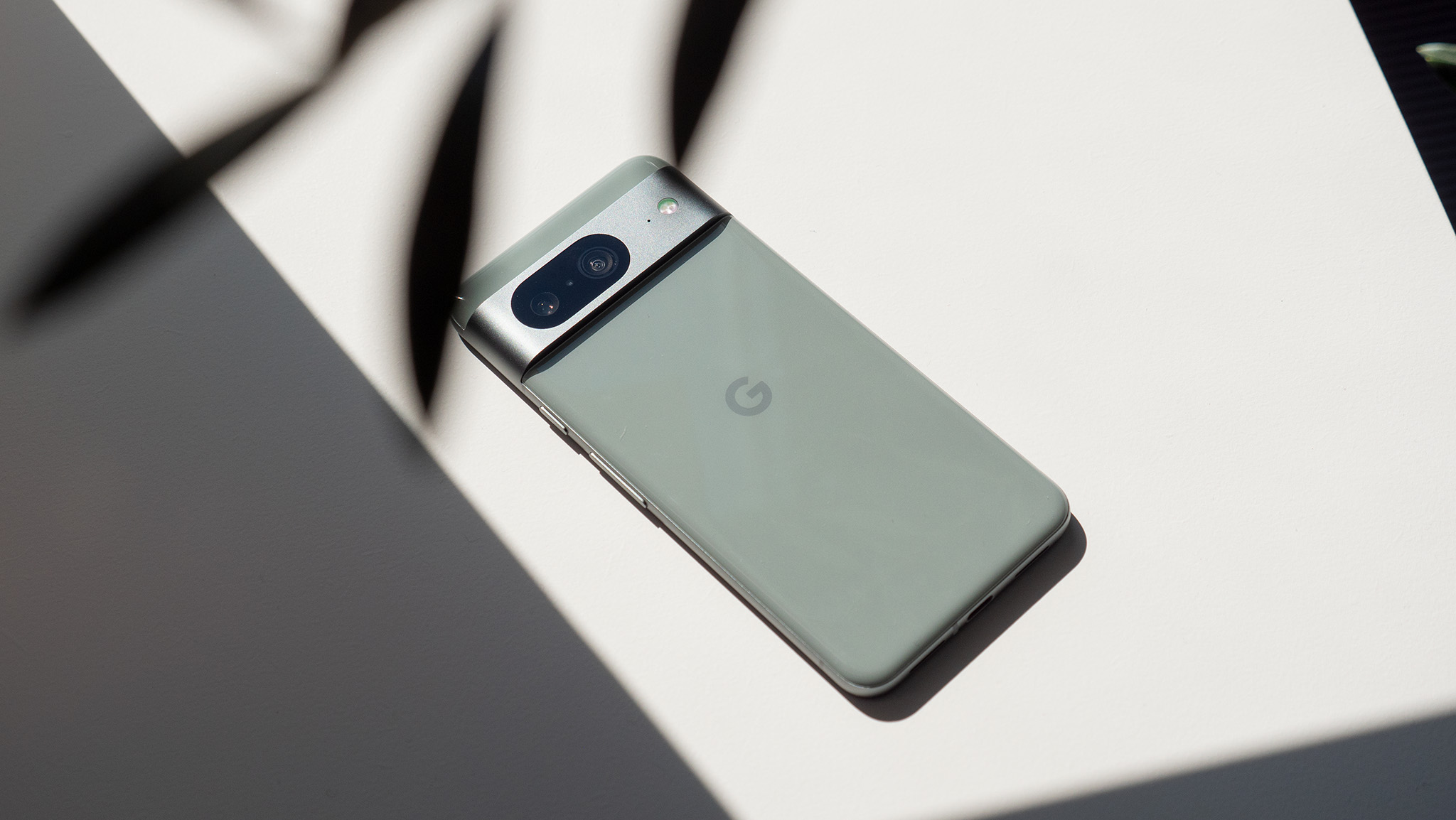
Both the Pixel 8 and iPhone 15 look pretty similar, at first glance, compared to their predecessors. But Google and Apple opted for some subtle design changes that should make for a more comfortable user experience on a daily basis.
The Pixel 8 retains the cyborg-like camera bar on the back, which has really come to define the Pixel series ever since it was introduced with the Pixel 6. This houses a dual-camera setup headlined by a 48MP wide-angle lens paired with a 12MP ultrawide camera that is also capable of being used for macro-photography.
One major change with the Pixel 8 is the move from curved glass to using a flat panel on the front, while also being slightly shorter than the Pixel 7, as it measures 6.3 inches. The edges of the device remain curved, but you won’t have to worry as much about accidental touches from your palm when you’re just trying to use your phone.
While the iPhone has used a flat display for years, the iPhone 15’s biggest design change comes in the form of the frame. Gone are the 90-degree angles that cut into the palm of your hand, and instead, Apple has opted for subtle curves that aim to make for a more comfortable experience.
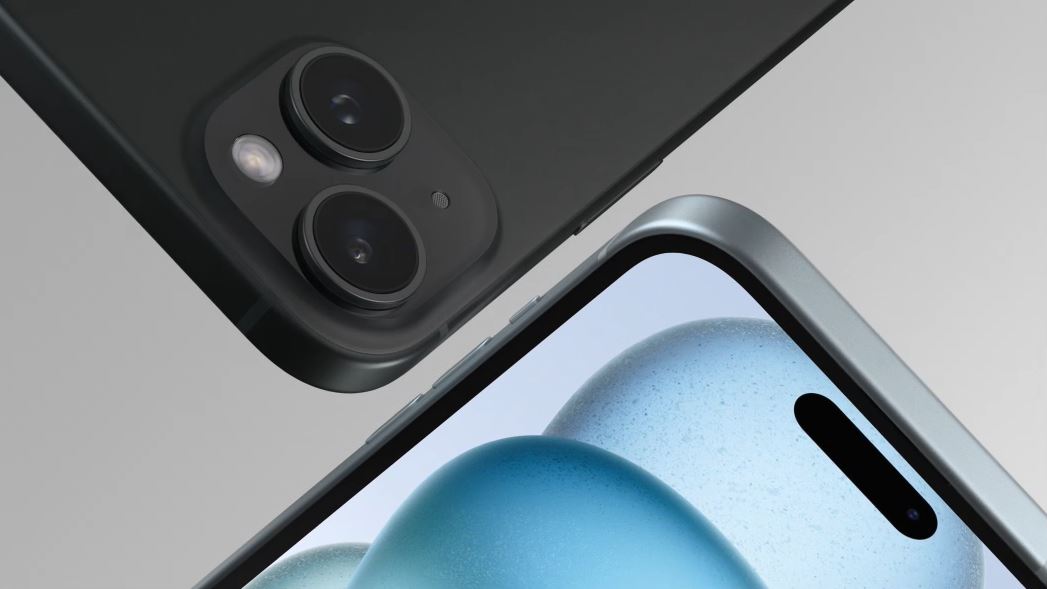
The display size itself remains the same, as Apple is using a 6.1-inch display, but there’s one big difference on this front. The notch has been officially ditched, and after being debuted alongside the iPhone 14 Pro, the Dynamic Island has come to the latest non-Pro iPhone.
There were some who hoped to see Apple bring its ProMotion display technology to the iPhone, offering a variable refresh rate of up to 120Hz. Unfortunately, we’ll have to wait another year, as the iPhone 15 is still “stuck” with a 60Hz display.
Get the latest news from Android Central, your trusted companion in the world of Android
Meanwhile, the Pixel 8 does offer a variable refresh rate of up to 120Hz thanks to Google’s new “Actua Display.” This represents an upgrade over the Pixel 7, which was limited to 90hz, so we’re happy to see this change come to the smaller Pixel 8.
Lastly, both of the Pixel 8 vs. iPhone 15 sport wireless charging, but the iPhone got another major upgrade (thanks to the EU,) as it now uses USB-C instead of Lightning. Charging speeds are about the same between both of these phones, but despite being introduced at CES 2023, Qi2 is still nowhere to be found. This means that if you want to use MagSafe accessories with the Pixel 8, you’ll either need to grab one of the best Pixel 8 cases or rely on an adapter.
Google Pixel 8 vs iPhone 15: Comparing the specs
| Category | Google Pixel 8 | iPhone 15 |
|---|---|---|
| OS | Android 14, 7 years of updates | iOS 17 |
| Display | 6.2-inch 120Hz OLED (2400x1080), 2000 nits HDR10+, Gorilla Glass Victus | 6.1-inch 60Hz Super Retina XDR (2556 x 1179), 2000 nits HDR, Ceramic Shield |
| Chipset | Google Tensor G3, Titan M2 | Apple A16 Bionic |
| RAM | 8GB, LPDDR5 | 6GB |
| Storage | 128GB/256GB, UFS 3.1 | 128GB/256GB/512GB, NVMe |
| Rear camera 1 | 50MP Octa PD wide, 1.2 μm pixel width, ƒ/1.68 aperture, 82° FoV, 1/1.31" image sensor size, Super Res Zoom up to 8x, 2x Optical Quality | 48MP wide,1.0 μm pixel width, ƒ/1.6 aperture, 1/1.56" image sensor size, 2x Optical Quality |
| Rear camera 2 | 12MP ultrawide, autofocus, 1.25 μm pixel width, ƒ/2.2 aperture, 125.8° FoV lens correction | 12MP ultrawide, autofocus, ƒ/2.4 aperture, 120° FoV lens correction |
| Front camera | 10.5MP, dual PD, 1.22μm pixel width, ƒ/2.2 aperture, fixed focus 95° ultrawide FoV | 12MP, ƒ/1.9 aperture, PDAF |
| Connectivity | USB-C 3.2, Wi-Fi 7, Sub-6 5G, Bluetooth 5.3, NFC | USB-C 2.0, Wi-Fi 6, Sub-6 5G, Bluetooth 5.3, NFC |
| Ingress Protection | IP68 dust and water resistance | IP68 dust and water resistance |
| Sensors | Proximity sensor, ambient light sensor, accelerometer, gyrometer, magnetometer, barometer | Proximity sensor, ambient light sensor, accelerometer, gyrometer, barometer, Ultra Wideband 2 (UWB) |
| Security | In-screen module | Face ID |
| Audio | Stereo sound, USB-C | Stereo sound, USB-C |
| Battery | 4,575mAh, 30W wired charging, 18W wireless charging, 5W reverse wireless charging | 3,349mAh, 20W wired charging, 15W wireless charging (MagSafe), 7.5W wireless charging (Qi), 4.5W reverse wired charging |
| Dimensions | 150.5 x 70.8 x 8.9mm, 187g | 147.6 x 71.6 x 7.8mm, 171g |
| Colors | Hazel, Obsidian, Rose | Black, Blue, Green, Yellow, Pink |
Google Pixel 8 vs iPhone 15: Cameras
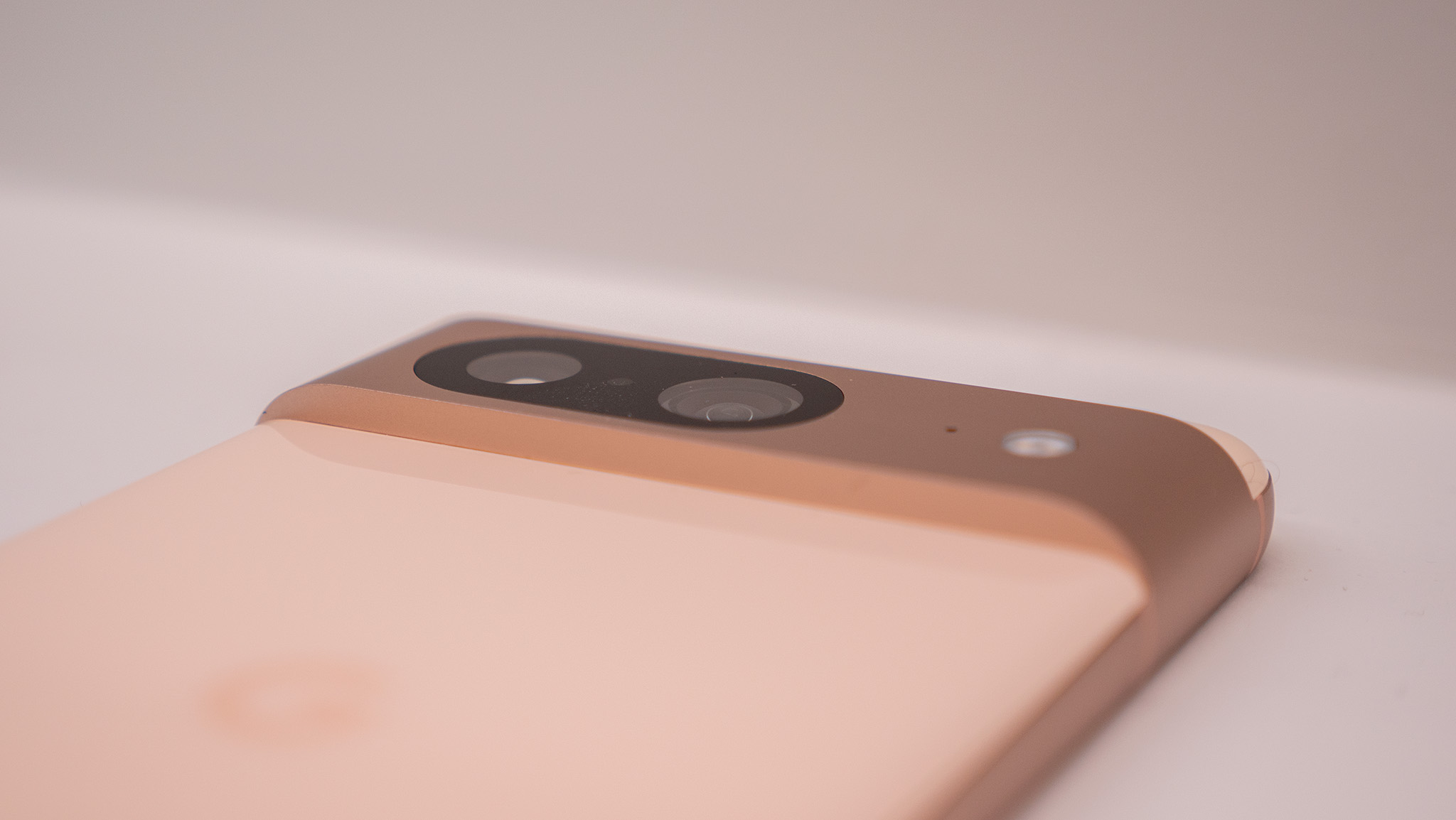
We haven’t had the opportunity to go hands-on with the cameras on either of these phones just yet. But both the Pixel 8 vs. iPhone 15 feature dual rear camera setups, to go along with the selfie cameras on the front.
The Pixel 8 relies on a 50MP main wide-angle lens with an f/1.68 aperture, an 82-degree FoV, and 2x optical zoom. It’s paired with a 12MP ultrawide lens that offers an f/2.2 aperture and a 125.8-degree FoV. Google also includes laser detect autofocus, along with both optical and electronic image stabilization.
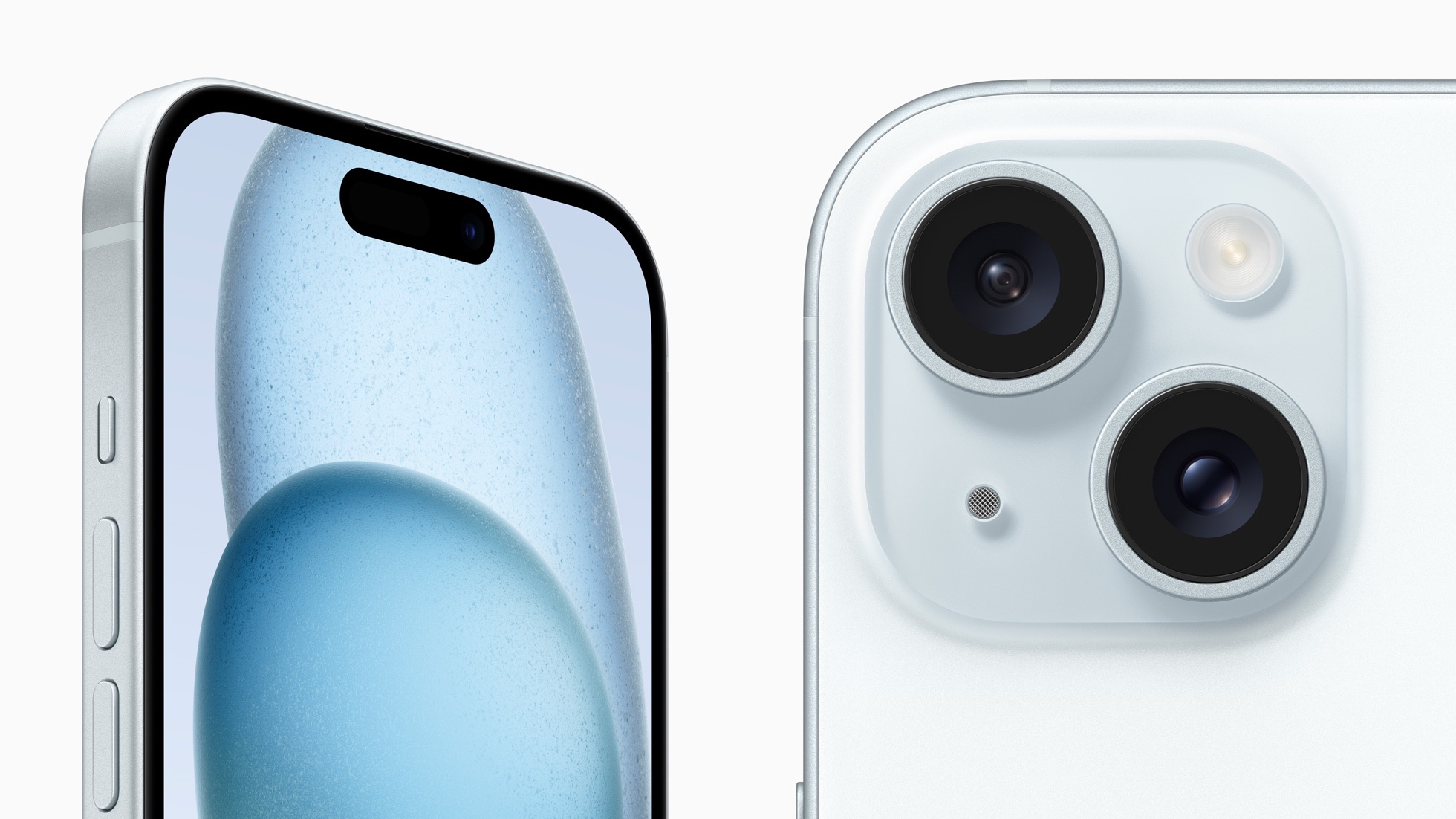
Moving over to the iPhone, Apple is also still relying on a dual camera setup, leaving the triple cameras for its Pro models. With the iPhone 15, you’ll find an upgraded 48MP main camera with an f/1.6 aperture, paired with a 12MP ultrawide camera offering a 120-degree FoV and an f/2.4 aperture.
The reality is that when it comes to snapping photos, both of these smartphones will perform quite admirably, and it really just comes down to the processing done after the image is captured. And while Google continues to improve its video recording capabilities, this is one area where the iPhone continues to come out on top.
Google Pixel 8 vs iPhone 15: Software

If there’s one area that Google has a leg up on Apple, it’s with the various camera features that the company includes on its phones. That list continues to grow, and while the Pixel 8 won’t get all of the features that the Pixel 8 Pro will, it still has more than what you’ll find on the iPhone 15.
For example, in addition to improvements to features like Magic Eraser and Night Sight, the Pixel 8 is set to offer features known as Best Take, Magic Editor, Audio Magic Eraser, and Video Boost. These all aim to provide ways to capture those important moments in life, while also giving you the tools you want (or need) in order to edit them to your liking.
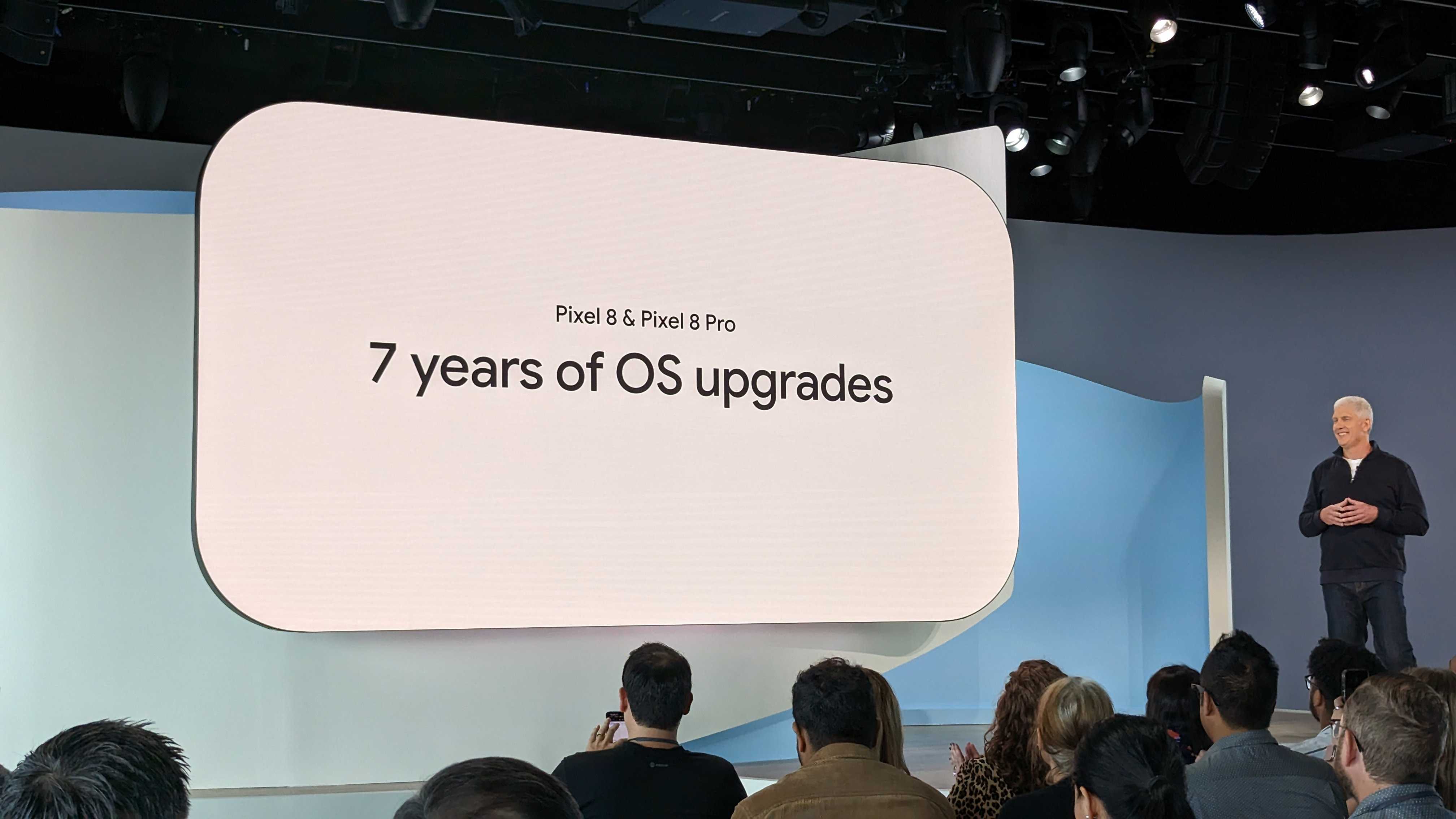
Apple’s iPhone 15 is really great for those who just want their phone to act as a “point and shoot” camera. However, there aren’t really any game-changing features to play around with, as those are reserved for the more expensive iPhone 15 Pro and Pro Max.
One of the biggest announcements to come from the Pixel 8 launch was Google’s overhauled commitment to software support. Previously, Google was only offering three years of OS upgrades and five years of security updates. But that’s all changing, as the Pixel 8 and 8 Pro will receive seven years of both OS upgrades and security patches.
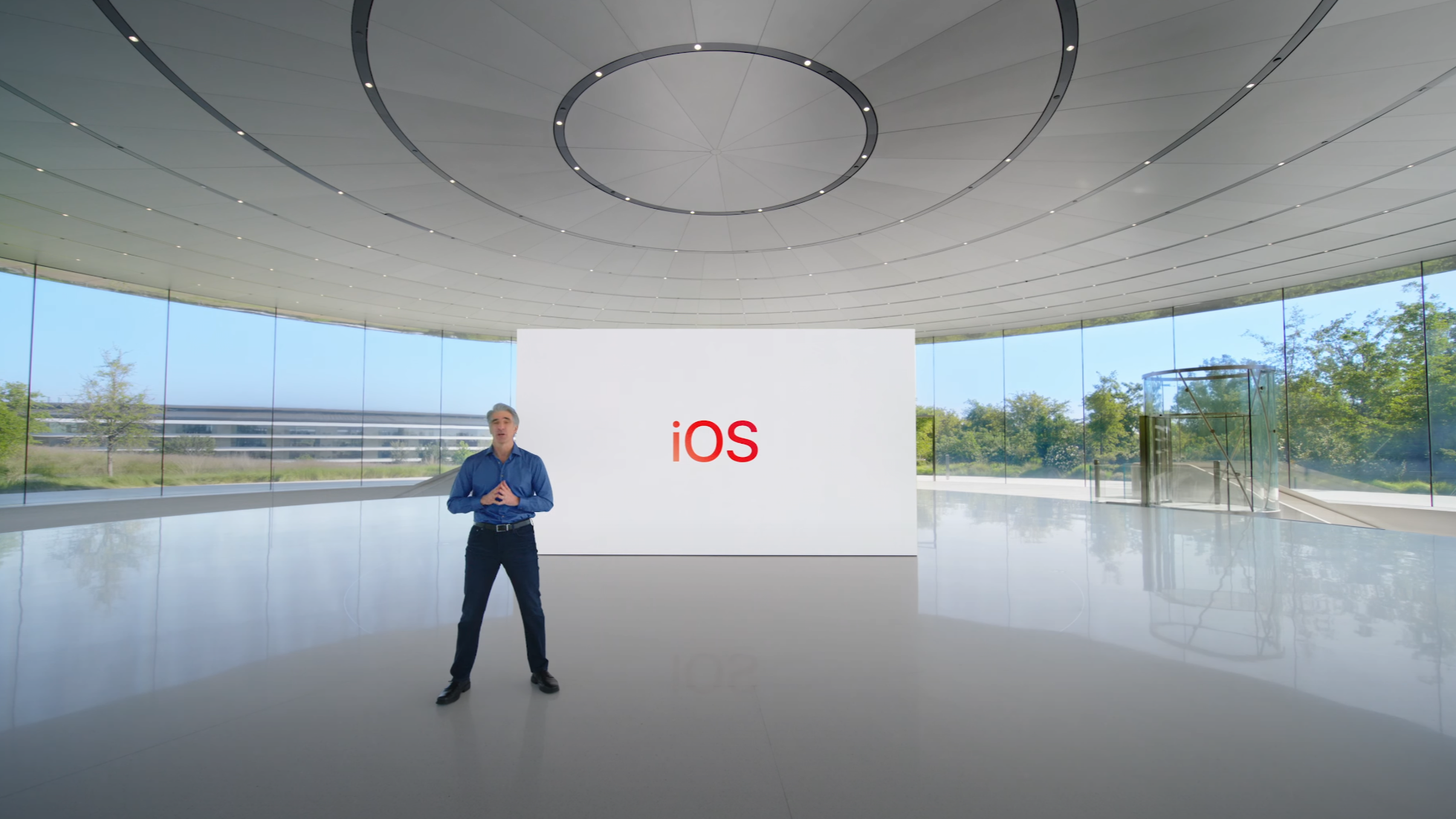
Apple doesn’t explicitly state how long their devices will be supported, but when looking back at the launch of iOS 17, the iPhone X and iPhone 8 Plus from 2017 were left off of the list. Currently, the oldest iPhones that are capable of running iOS 17 is the iPhone XS Max and iPhone XR, which were released in 2018.
Assuming that some type of magic doesn’t happen between now and iOS 18, we won’t be surprised if both of those models are left behind. This gives us an idea that Apple falls just a bit short of Google’s latest promise, providing six years of updates compared to seven.
The biggest question that can’t currently be answered is whether Google will actually be able to follow through on that promise for the Pixel 8 in 2030. So until then, we just have to take Google at its word, while also keeping an eye on how the company handles future device launches.
Google Pixel 8 vs iPhone 15: Which should you buy?
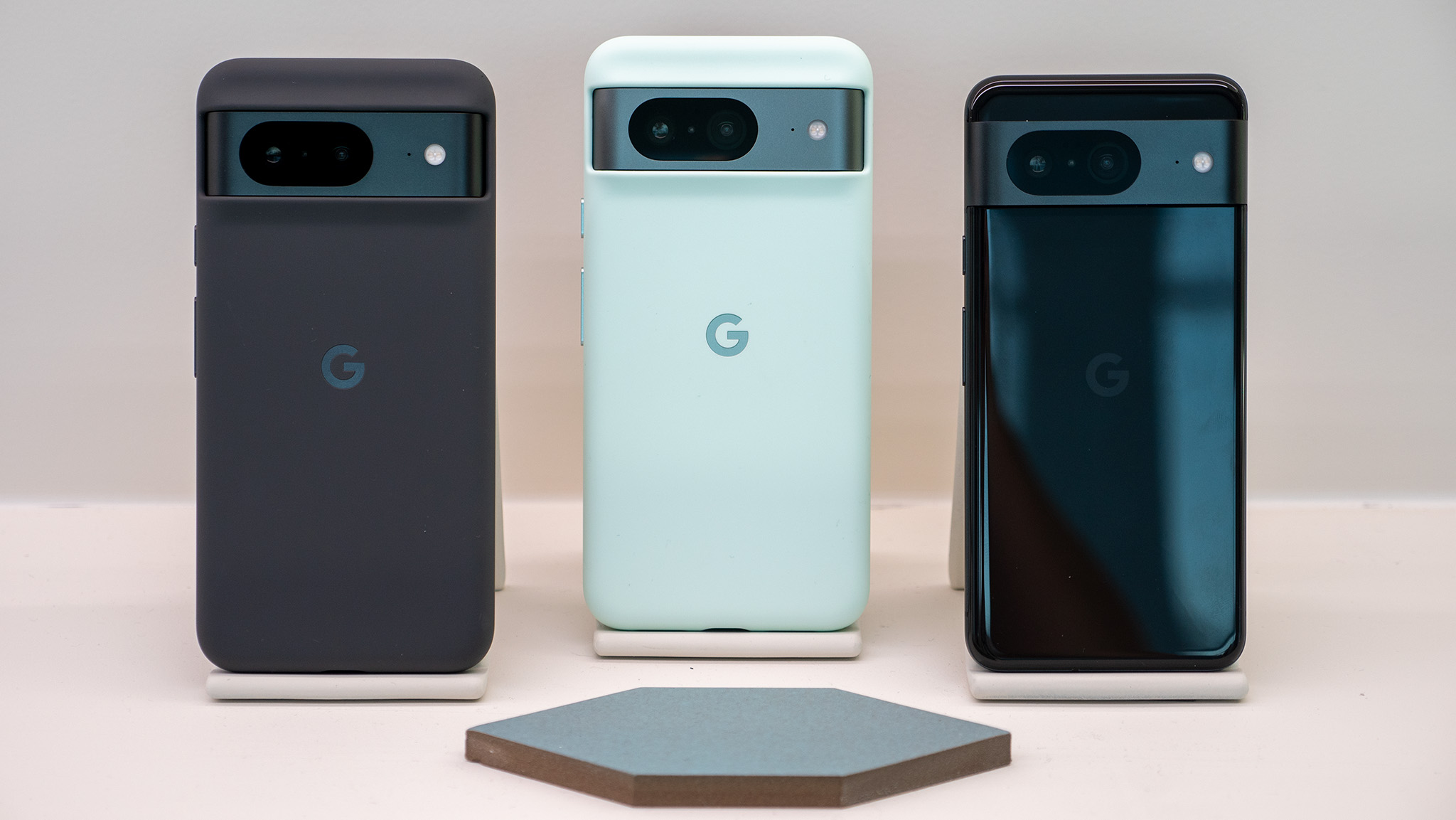
The last thing to consider when comparing the Pixel 8 vs. iPhone 15 is the price. On one hand, the iPhone 15 is available in five different colors and maxes out at 512GB of storage, but starts at $799 for the base 128GB model.
Meanwhile, the Pixel 8 actually saw a $100 price increase over the Pixel 7, is only available in three colors, while maxing out at just 256GB. But even with the price increase, it’s still $100 cheaper than the iPhone 15, at $699, which is actually rather surprising, when considering that Apple is using last year’s processor and the new Tensor G3 is at the helm for Google.
You won’t be disappointed with either device, as they will be supported for quite a long time, have plenty of features, and offer a great experience for the platform they provide. But we’d have to give the nod to the Pixel 8 thanks to the newer processor, better display, and all of the fun camera features that are on the way.

The Pixel 8 might not be as flashy as the larger Pro model, but there's really a lot to like about what Google's entry-level flagship has to offer.
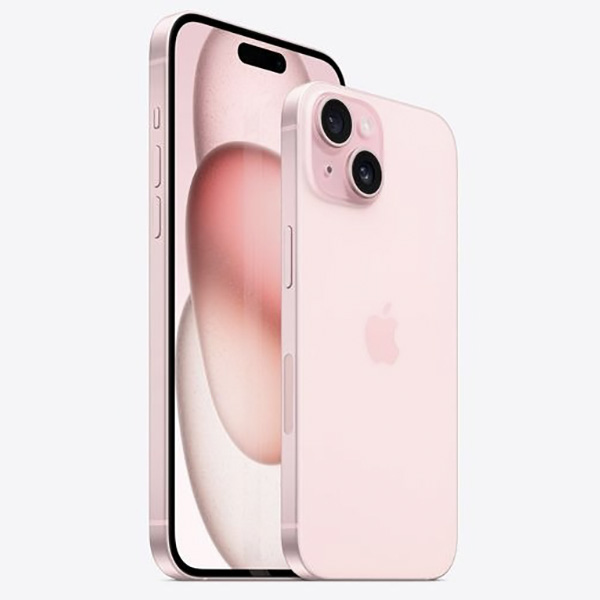
The iPhone 15 is essentially a basic version of the iPhone 14 Pro, without all of the "Pro" features. And given the higher price tag, it's no longer the "de-facto" pick.

Andrew Myrick is a Senior Editor at Android Central. He enjoys everything to do with technology, including tablets, smartphones, and everything in between. Perhaps his favorite past-time is collecting different headphones, even if they all end up in the same drawer.
